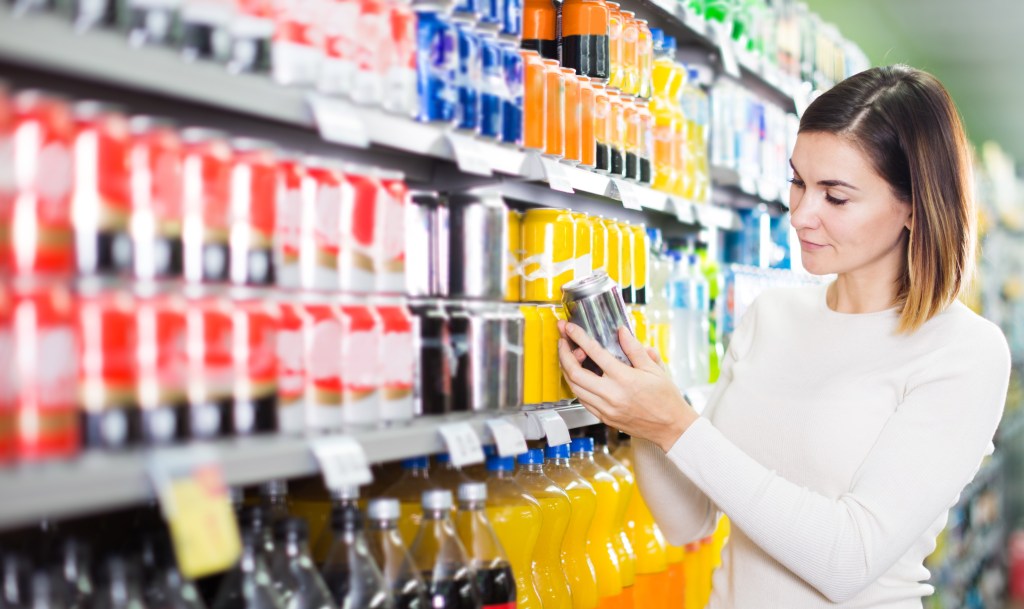Breaking down the e-commerce growth drivers
Canada experienced the trifecta of factors that drive online growth: More people tried it, people purchased online more often, and they spent more during each purchase. For the 52 weeks ending April 3, 2021, the number of households purchasing FMCG products online increased 18%, and the frequency of purchase online increased 53%, according to NielsenIQ Homescan data.
!function(e,i,n,s){var t=”InfogramEmbeds”,d=e.getElementsByTagName(“script”)[0];if(window[t]&&window[t].initialized)window[t].process&&window[t].process();else if(!e.getElementById(n)){var o=e.createElement(“script”);o.async=1,o.id=n,o.src=”https://e.infogram.com/js/dist/embed-loader-min.js”,d.parentNode.insertBefore(o,d)}}(document,0,”infogram-async”);
Some of the biggest beneficiaries were food categories, which now account for almost two-thirds (62%) of a shopper’s online basket. Sales increased 94%, which outpaced overall FMCG growth rates. And although non-grocery categories as well as health and beauty have continued to grow sales online, driving greater consumer trust in buying their groceries will ultimately impact the most baskets. Consider that 77% of dollars spent in-store go to food, and the growth potential that exists is evident.
One factor that could continue to move the needle of online grocery stores is the continued adoption of curbside pick-up. More Canadians are willing to try click-and-collect—either curbside or in-store pick-up—than they are home delivery, according to a NielsenIQ survey.
“Click-and-collect provides shoppers with the convenience of buying groceries online without concerns over delivery fees or the quality of food during transportation—2 common barriers consumers still cite,” explains Carman Allison, Vice President at NielsenIQ. “For many people, choosing exactly when to collect their groceries is even more convenient than the delivery window time frames often provided.”
Solving for today and building for tomorrow
Like any industry that’s evolving quickly, it’s imperative to solve for today’s needs without losing sight of long-term strategies. Executing an effective omnichannel strategy will require massive investments in both front-end and back-end technology. In order to deliver a seamless shopping experience across channels, companies will need to build an online platform that’s simple for users to navigate, but provides strong back-end security for payment processing and an inventory management system that reduces out-of-stocks.
“Today’s omnishopper—someone who buys online and offline—is a small but valuable and growing group that retailers and manufacturers cannot ignore,” said Allison. “The longer the pandemic continues, the more their behaviors will continue to evolve to meet their changing needs and drive additional growth of online sales.”
Lorem Ipsum…
Lorem ipsum dolor sit amet, consectetur adipiscing elit. Duis felis arcu, pulvinar a ipsum vel, elementum pharetra massa…




